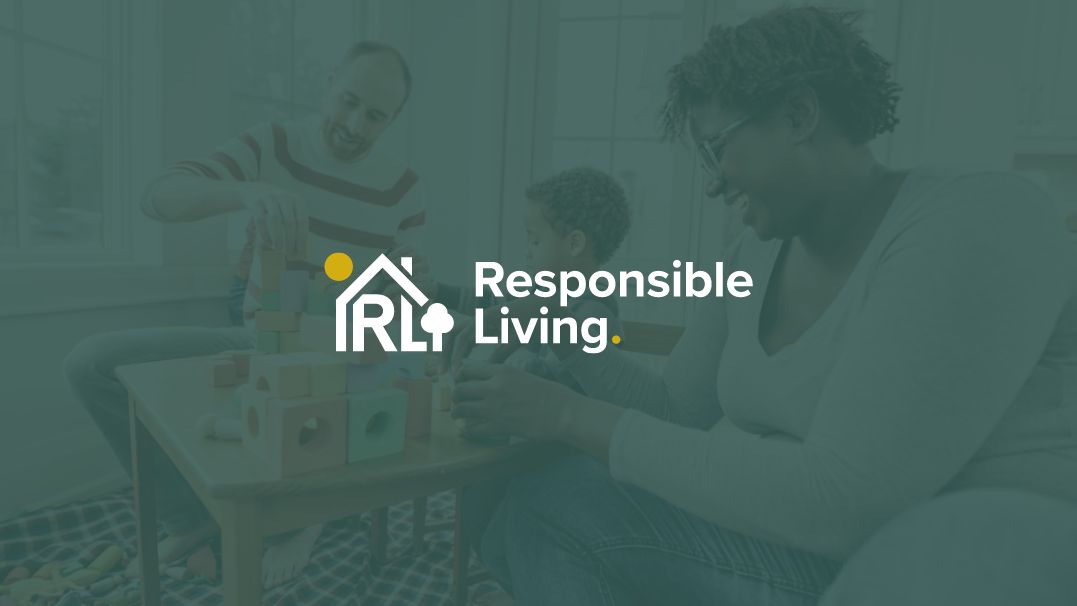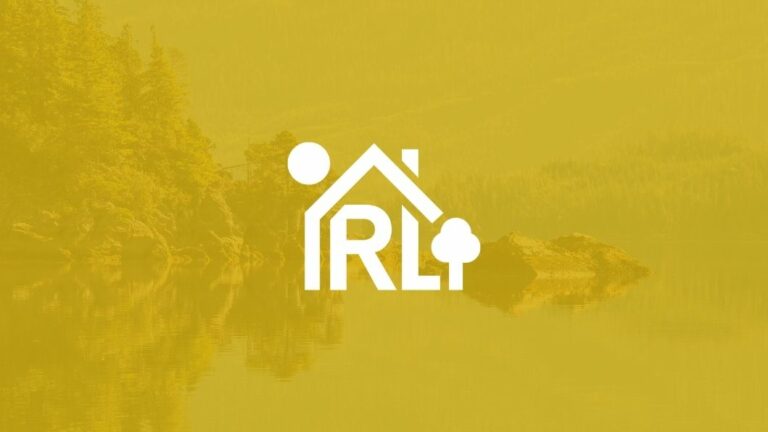
In today’s world, the issue of housing affordability is becoming increasingly prevalent, impacting individuals and families across the socio-economic spectrum. Understanding the nuances between low-income and affordable housing is crucial for addressing these challenges effectively. This article delves into the differences between low-income and affordable housing, shedding light on the unique characteristics, challenges, and solutions associated with each.
Understanding Low-Income Housing
Low-income housing is typically designed to cater to individuals and families whose income falls below a certain threshold, making it difficult for them to afford market-rate housing. These individuals often face significant financial constraints, leading to challenges in securing safe and stable housing. Government assistance programs, such as Section 8 vouchers and public housing initiatives, play a crucial role in providing affordable options for low-income individuals. However, the demand for such housing often outweighs the supply, resulting in long waiting lists and limited availability.
Exploring Affordable Housing
On the other hand, affordable housing encompasses a broader spectrum of housing options that cater to individuals and families with varying income levels. Unlike low-income housing, affordable housing initiatives aim to provide housing solutions that are accessible to moderate-income earners as well. This may include workforce housing, mixed-income developments, and inclusionary zoning policies. Affordable housing models prioritize the creation of diverse and inclusive communities, offering a range of housing options to meet the needs of residents from different socio-economic backgrounds.
Key Differences Between Low-Income and Affordable Housing
One of the primary differences between low-income and affordable housing lies in the income thresholds and eligibility criteria. While low-income housing is targeted towards individuals with extremely limited financial resources, affordable housing initiatives aim to serve a broader population segment, including moderate-income earners. Additionally, rental rates and housing options in affordable housing developments may vary based on the local market conditions and government subsidies available.
Government Support and Funding
Government support and funding play a significant role in both low-income and affordable housing initiatives. Federal, state, and local governments allocate resources to subsidize housing developments, provide rental assistance, and implement policies that promote housing affordability. However, the level of support may vary depending on political priorities, budgetary constraints, and the overall economic landscape. Advocacy efforts and community engagement play a crucial role in influencing policy decisions and securing funding for affordable housing projects.
Impact on Communities and Residents
Access to affordable housing has far-reaching implications for individuals, families, and communities. Stable and affordable housing promotes economic stability, improves health outcomes, and enhances overall well-being. It also fosters social cohesion and community resilience, creating vibrant and inclusive neighbourhoods where residents feel a sense of belonging. Conversely, the lack of affordable housing options can lead to homelessness, displacement, and social inequality, exacerbating existing disparities within society.
The Role of Policy and Advocacy
Addressing the complex challenges of housing affordability requires a multi-faceted approach that involves policy interventions, community engagement, and innovative solutions. Governments at all levels must prioritize housing affordability as a fundamental right and allocate resources accordingly. Advocacy organizations, non-profit agencies, and community stakeholders play a vital role in raising awareness, mobilizing support, and holding policymakers accountable for implementing effective housing policies.
The distinction between low-income and affordable housing is essential for understanding the diverse needs of individuals and families seeking access to safe, stable, and affordable housing. By embracing a holistic approach that combines government intervention, community engagement, and innovative solutions, we can work towards creating inclusive and equitable housing opportunities for all. As we navigate the complex landscape of housing affordability, let us remain committed to building resilient communities where everyone has the opportunity to thrive.



